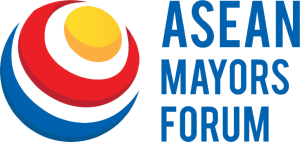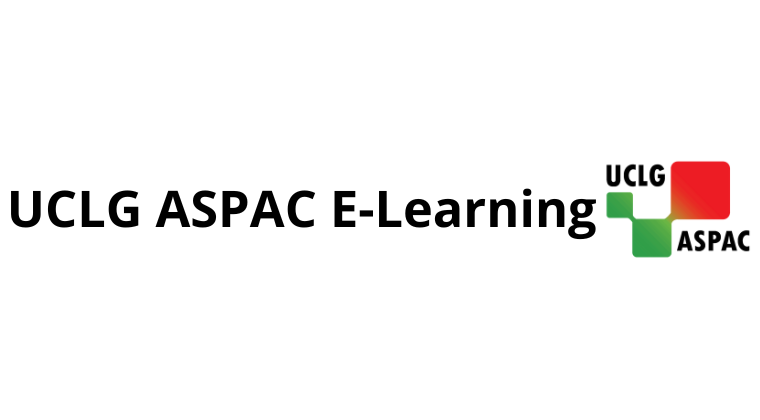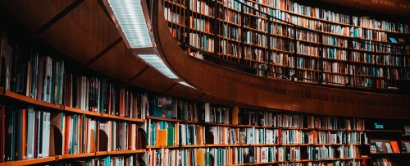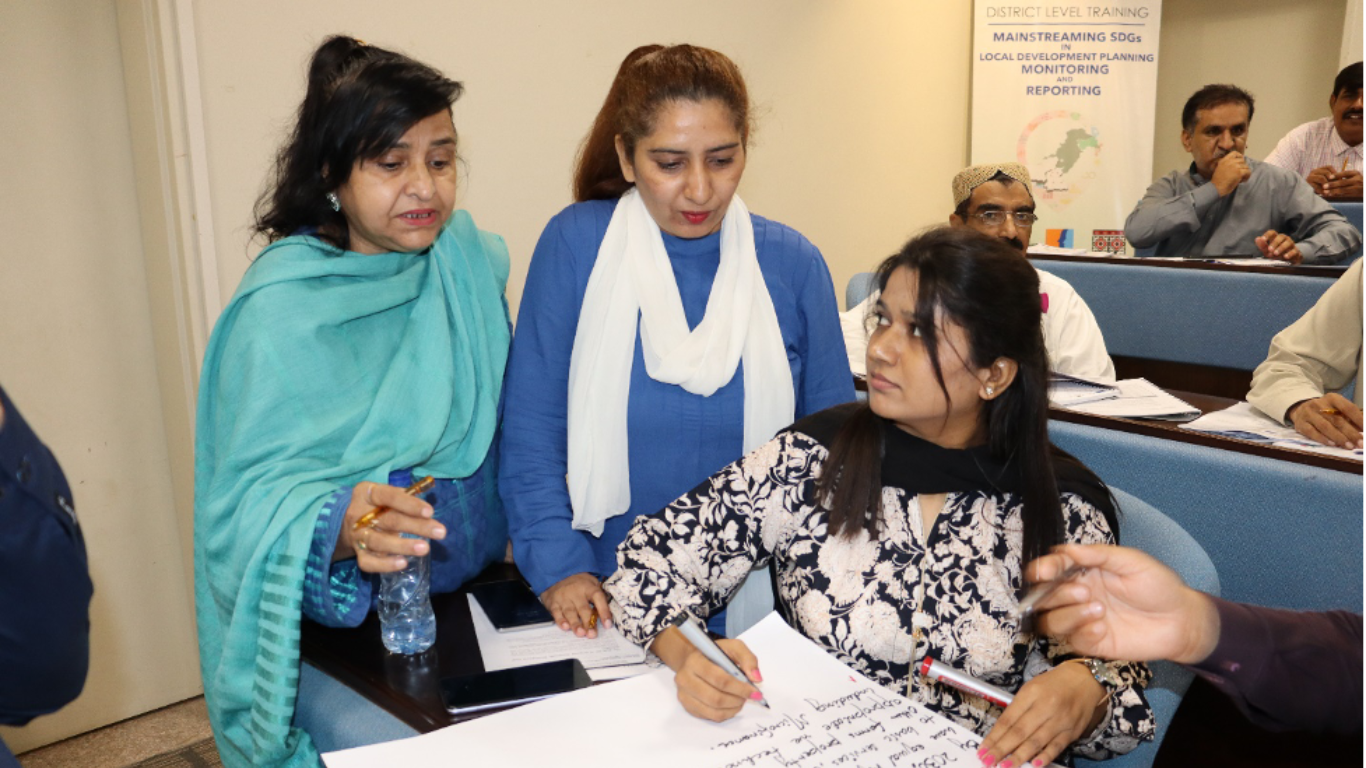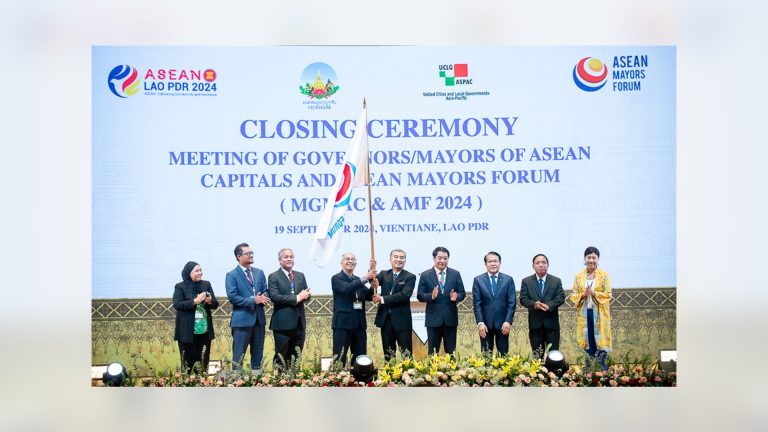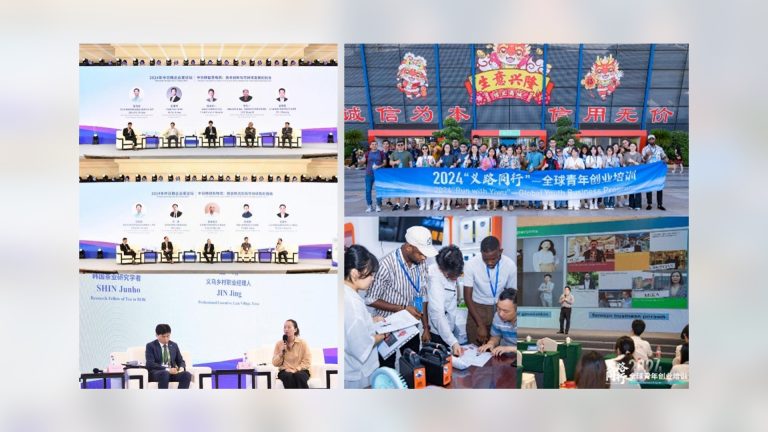A world full of empowered women is not one where men are marginalised. It is a world where everyone thrives.
Gender-based issues, due to their global implications, have always been in the limelight over the last few decades. But unfortunately, the scope has always been limited to theoretical writings and practically it is a rare commodity. From third-world countries to developed ones, gender discrimination is being practiced under the banner of social values, customs, and religious and historical reasons. Around the world, a growing backlash against women’s rights is threatening even well-established freedoms and protections.
An instrument that applies to this struggle is the Sustainable Development Goals (SDGs) Agenda, adopted by the UN member states in 2015 which is working as a catalyst to achieve Goal 5 having nine targets calling for an end to violence against women in public and private spheres. It recognises that “gender equality is inextricably linked to the right to education” and establishes a commitment to ensure inclusive and quality education for all, and to eliminate all forms of discrimination against women and girls by 2030.
The SDGs set a deadline until 2030 for the achievement of gender equality and the empowerment of all women and girls but with under eight years left to meet this agenda; the world is not on track. Legal and political advances to ensure gender equality in all walks of life find strong obstacles to their implementation. This is due to cultural barriers, a lack of governmental will, and the advancement of fundamentalist, conservative and religious trends.
The United Nations is instrumental in the promotion of a system based on the rule of law as gender equality is at the very heart of human rights and a matter of equitable distribution of power, opportunities, and resources in society. International covenants and treaties also save provisions for the elimination of discrimination based on sex. In addition, the Convention on the Elimination of Discrimination Against Women is dedicated to the realisation of women’s rights. Moreover, the Universal Declaration of Human Rights adopted in 1948, set the foundation for the development of the corpus of international human rights law.
If we see particularly through a national lens then the Constitution of Pakistan, 1973, incorporates certain provisions which ensure special representation of women in Parliament. There is a total of 342 members in the National Assembly of Pakistan, which includes 60 seats reserved for women as given in Article 51. Women can also contest in the general seats in the National Assembly.
Ironically, Pakistan has a chequered history of local governments. Local Government has thrived only under periods of martial law or authoritarian rule. In Pakistan, Article 32 of the 1973 Constitution states that the state “shall encourage local government institutions, composed of elected representatives of the area concerned, and in such institutions, the special representation will be given to peasants, workers, and women.” However, the Governments of the Punjab, Sindh, and Khyber Pakhtun Khawa passed their respective Local Government Ordinances in 1979 while the Balochistan Government passed its Local Government Ordinance in 1980. Except for the Punjab which expressly provides reserved seats for women at all levels of local government, the other three provincial ordinances are vague on the issue by stating that this will be decided by the provincial government. At present, women in the Punjab, Balochistan, and Sindh have two seats or 10 percent seats in local government while the KPK government reserves only two seats in every district council. This should be uniformly increased to 50 percent irrespective of rural-urban divides or provincial variations. So, having established the fact that women’s representation is needed in local bodies, not only because they constitute half the population, but because the problems and oppressions they face are sometimes quite different in character to those of men.
Despite all the developments and pragmatic efforts mentioned above, gender equality seems nothing but to build a castle in the air. As if we put glance at the special representation of women in the house, the majority of the male candidates contest on general seats leaving fewer options and chances for women candidates to take part and be elected to the general seats. In this regard, the reserved seats for women should be increased as 60 reserved seats are insufficient where half of the country’s population is female gender. Contrary to the developed countries, where women are hand in glove with men in every walk of life irrespective of any so-called gender bias, the plight of the womenfolk in developing and underdeveloped countries is desperate. Gender discrimination has reached to an alarming situation and is a widely practiced issue in Pakistan. In order to cope with this issue, we need to take serious steps to eliminate gender disparity by promoting education, training, and professional development for women and by ensuring all the fundamental rights are incorporated in Articles 9 to 28 of the Constitution of Pakistan, 1973.
So, without heightened commitments from the global community, gender equality will remain nothing more than an unrealised goal. Furthermore, there is a need to implement creative development, market practices that empower women and ensure equal representation of females in the public and private sectors. Strategies that support women’s empowerment can contribute to women’s ability to formulate and advocate their own visions for their society – including interpretations and changes to cultural and gender norms.
Going forward, we can usefully focus on three aspects to continue to address the global issue of gendered inequality in innovative and more fruitful ways. These are: to further the contemporary debate and emphasis on intersectionality in relation to gender inequality; to highlight the increasing academic focus on masculinity and gender relations and their relation to feminism; and strategies to address issues regarding racial group which are creating divergent and uneven outcomes for women.

